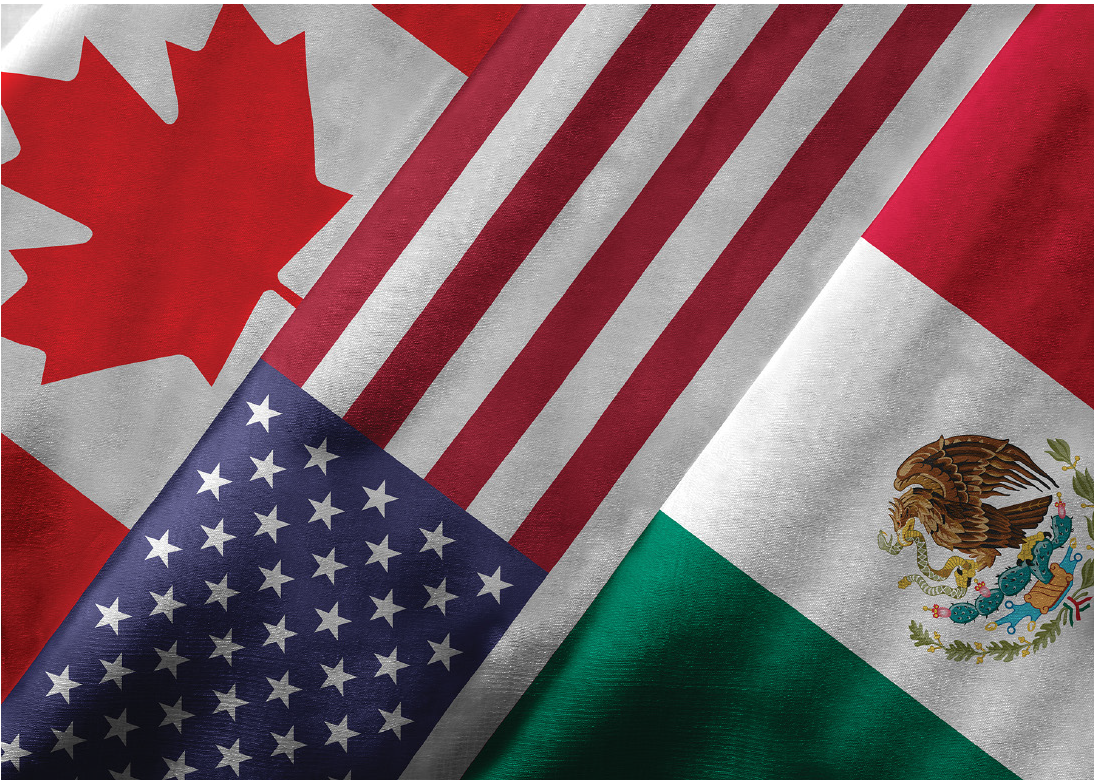Please note: The USMCA entered into force on July 1, 2020. Below is insight from June 2020 NTEA News.
By Mike Kastner, NTEA Managing Director
Meet our experts
Despite significant pandemic-related shifts in priorities, governments of U.S., Canada and Mexico continue taking procedural steps toward implementing the new free trade agreement replacing North American Free Trade Agreement (NAFTA).

At the end of April, U.S. Trade Representative (USTR) Robert Lighthizer notified Congress that Canada and Mexico have taken necessary measures to comply with their commitments under United States-Mexico-Canada Agreement (USMCA), and that the agreement will enter into force July 1, 2020 (the first day of the third month after the final country gives notice). After notifying Congress, the U.S. informed Canada and Mexico it completed domestic procedures to implement the agreement — the final step necessary for USMCA to enter into force. Canada took similar action in early April, and Mexico also gave required notifications.
According to the USTR office, USMCA’s entry into force marks the beginning of a new chapter for North American trade. The new agreement is meant to support more balanced, reciprocal trade, and lead to freer markets, fairer trade and robust economic growth in North America. USMCA contains significant improvements and modernized approaches to rules of origin, agricultural market access, intellectual property, digital trade, financial services, labor, and numerous other sectors. These enhancements should create more jobs, provide stronger labor protections and expand market access — offering new opportunities for North American companies and workers.
“The crisis and recovery from the COVID-19 pandemic demonstrates that now, more than ever, the United States should strive to increase manufacturing capacity and investment in North America. The USMCA’s entry into force is a landmark achievement in that effort. Under President Trump’s leadership, USTR will continue working to ensure a smooth implementation of the USMCA so that American workers and businesses can enjoy the benefits of the new agreement,” said Ambassador Lighthizer.
Currently, all three countries are working on a set of uniform regulations to provide more details and specificity than the actual Treaty text. The regulations should be published by July 1 and be partially based on existing ones from NAFTA. With the COVID-19 pandemic, however, there have been calls in Congress to consider delaying the implementation date as resources to ensure a smooth transition from NAFTA to USMCA are stretched thin. There have also been calls for flexibility on automotive manufacturer rules of origin requirements. Thus far, no delays have been granted, but discussions continue.
Learn more at ntea.com/advocacy.